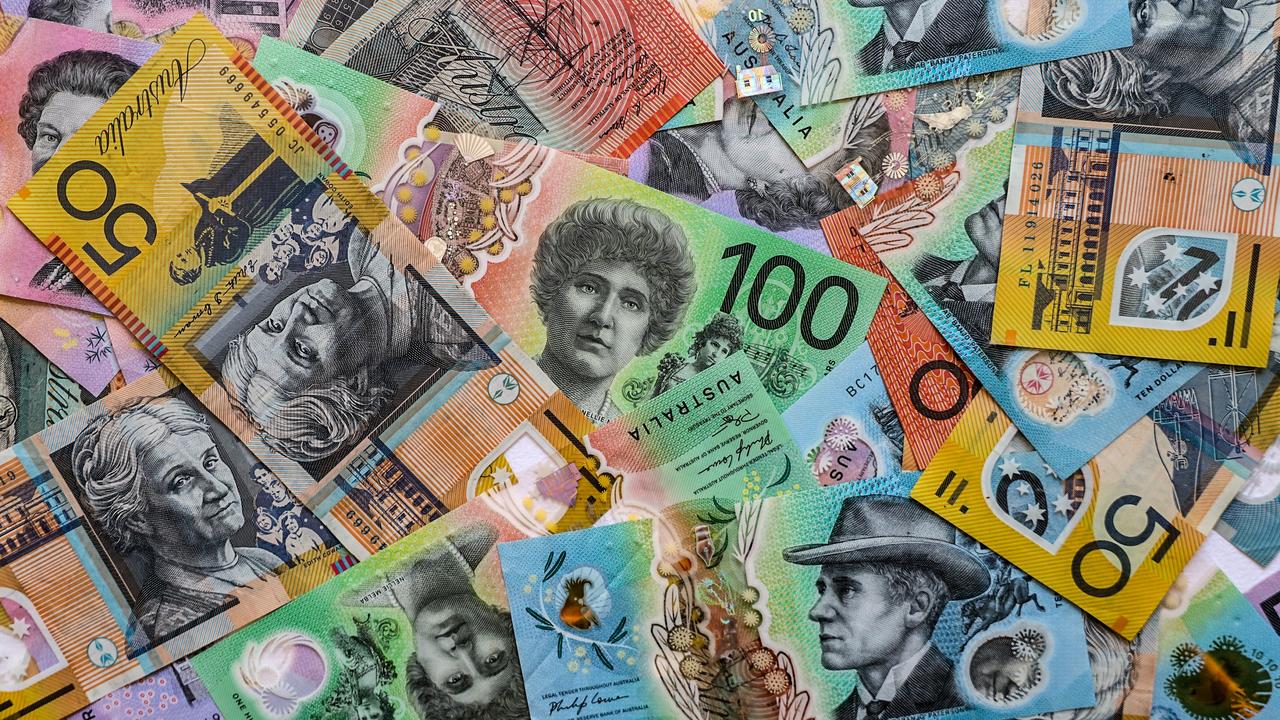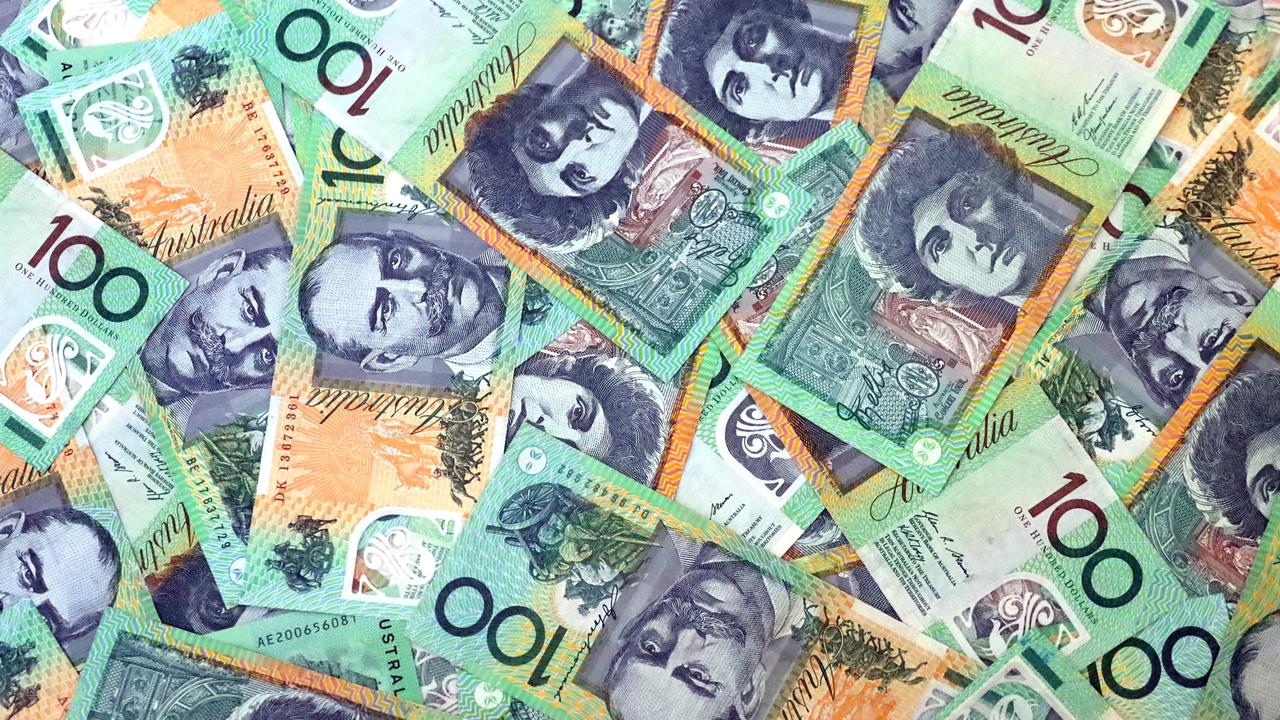RBA walking a fine line on interest rates
EACH increase in interest rates raises the chances that the Reserve Bank will take a step too far, writes David Uren.
RBA walking a fine line
The ideal path is that rates reach a level that quells the appetite for debt, bringing the overall demand growth back to a more sustainable level of, as bank governor Glenn Stevens says, "three-point-something".
With business having to compete harder to make sales, the rate of price increase will drop back below the bank's 3 per cent target, enabling rates to come down gently again.
This is the scenario that has the government waltzing back into office at the next election, claiming credit for slaying the inflationary dragon.
The alternative is that the bank keeps raising rates but finds little reduction in the growth of borrowing, demand or prices.
This was the experience of 1989, which was the last time credit growth matched the 16.5 per cent growth rate recorded over the course of 2007.
The Reserve Bank kept pushing rates higher until the cash rate reached its celebrated peak of 17 per cent in August 1989.
"There was a moment when you could hear the economy snap," Paul Keating's principal economic advisor, Don Russell said of late 1989.
Pretty soon, the treasurer was talking about "the recession we had to have".
Within five months, the Reserve Bank was slashing rates, bringing the rates down by 12.25 percentage points in the space of little more than three years.
Reserve Bank insiders do not resile from the tough action in the late 1980s that succeeded in bringing Australia's inflation rate back to the OECD field, after a 15-year break-out.
However, the bank at the time was targeting not only inflation but also the current account deficit. The difficulty of achieving movement in the latter by adjusting rates led it to push them higher than they needed to go to achieve an inflation target.
There are plenty of examples of both the Reserve Bank and its peers elsewhere being forced to switch direction abruptly after discovering that the economy was somewhere other than where they thought.
For example, the Reserve Bank was busy raising interest rates from late 1999 to late 2000 but reversed course after only seven months, switching to big rate cuts early in 2001.
In the US, the Federal Reserve changed tack from rate rises to rate falls after only four months in 1989 and 1995-6, while there was a seven month switch from rate rises to rate falls in 2000.
Sometimes, these changes of heart are the result of external events, such as the Asian financial crisis, while others simply reflect miscalculation of the strength of the economy.
The problem is that meaningful statistical information about the health of the economy only starts to become available about two to three months after the event, with conclusive figures taking a year or longer.
At the same time, there is a considerable lag before monetary policy affects the economy. Reserve Bank modelling suggests that a 1 per cent rise in rates will cut economic growth by 1.3 percentage points and inflation by 0.4 per cent after a period of nine months.
However, there is little science in this estimate, and modelling by other central banks suggests the lag before monetary policy has its greatest effect could be two years.
So the bank is trying to peer into the distant economic future using a rear-vision mirror as its guide.
This is most clearly apparent in the weight the bank places on the previous quarter's consumer price index in making interest rate decisions intended to affect the rate of inflation in a year's time.
There is understandable media focus on the "announcement effect" of a rate rise. This is tracked by the swings of the consumer confidence index, and, to a lesser extent, by changes in the monthly credit growth and loan approval figures.
The bank takes the announcement effect seriously and, if it were to raise rates on Tuesday by 0.5 percentage points, rather than the anticipated 0.25, it would be interpreted as an attempt to shock both business and households into more moderate debt growth.
However, it is the level of the rate relative to inflation and the returns from investments that dictates the success of monetary policy.
The Reserve Bank has traditionally worked with a rule of thumb that a cash rate above 6 per cent is restrictive, but much depends on the underlying rate of inflation and the growth in the economy.
So far, we can say with reasonable confidence that the two rate rises in late 2006 were not enough to slow the economy, but we don't really know about the two matching increases in August and November 2007.
The Reserve Bank has now been raising rates for almost six years, an unprecedented period.
Although the latest business surveys show that confidence is being shaken by the global market turmoil, they show that actual business trading conditions remain at close to record levels, despite the prolonged run of rate rises.
Traditionally interest-sensitive sectors such as retail, manufacturing and housing continue to perform well.
This economic strength is being fuelled by the resources boom, which is a firmer base than the office property bubble that was punctured by the Reserve Bank in 1989.
However, rates are now moving into traditionally uncomfortable territory, where the bank will be wary of becoming the catalyst for the recession that we did not have to have.



